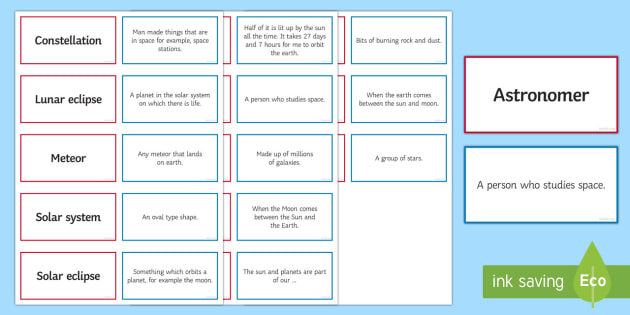What is nonfiction?
Gives you information about a topic.
Which text feature shows you what something looks like?
Photograph/Illustration!
How can we identify character traits?
Pay attention to how a character thinks, feels, their actions, and what they say (dialogue).
What does main topic mean?
Main topic is what the story is all about.
What is a central message?
The lesson the author wants you to learn.
Make-believe stories for you to enjoy.
Which text feature tells you more about a picture?
A caption.
Read the passage below and choose one character trait for Selena.
Selena was walking home. She saw a girl crying at the bus stop. "Are you okay?" Selena asked. "No," the girl said, "I forgot my homework at home." "Do not worry," replied Selena, "I can write a note to your teacher if you want." The little girl smiled.
Selena is thoughtful.
How can we find key details?
Look for repeated words and similar ideas.
What is the central message of Little Red Riding Hood?
Do not talk to strangers.
What do nonfiction texts usually have?
Hint! Think about titles and headings and photos...
Text features!
Which text feature gives you a hint about the main topic/idea?
The title!
Choose a character trait to describe Mr. Kaminski.
He is smart, kind, and helpful!
Read the passage below and identify the main topic.
Bees
Bees make honey. Many people love this sweet treat. But bees are important for another reason. People need bees to help grow food. Bees pollinate plants. They help us grow many of our favorite fruits and vegetables.
The main topic is bees help grow food!
Read the story below and identify the main idea.
Susie threw the frisbee to Pete. The frisbee landed in a tall tree. It was stuck in the branches. Pete barked and barked. Then a gust of wind blew the frisbee loose. Pete finally caught the frisbee. He stopped barking and started wagging his tail.
Pete is excited to play fetch with his new toy.
When do we use STORY to retell a text: fiction or nonfiction?
Fiction Texts.
Which text feature tells you what the section is about?
Bonus 100 points! What text feature lists all these at the beginning of a text?
Heading.
Bonus: A table of contents
Ms. Rosario helps her students grow their brains and encourages them to try their best.
What is one character trait to describe Ms. Rosario?
She is caring!
Read the passage below and identify one key detail to support the main topic.
Bees
Bees make honey. Many people love this sweet treat. But bees are important for another reason. People need bees to help grow food. Bees pollinate plants. They help us grow many of our favorite fruits and vegetables.
Bees pollinate plants.
That Goldilocks used things without asking and broke them.
What is usually the author's purpose of nonfiction texts?
To inform.
Name this text feature!

A glossary!
Read the passage below and choose one character trait for Mary.
Lena pushed Mary on the swing. Mary said, "push higher!" Lena pushed the swing as hard as she could! Mary fell of the swing. Lena asked, "are you okay?" Mary said, "Yes, let's try again!"
Mary is adventurous.
Answers will Vary!
Name one fiction story we have read this year. Then name the central messgae.
Answers will Vary!